Uav Power Lithium Battery Provides Longer Flight Time
As an aircraft with wide application prospect, unmanned aerial vehicle (UAV) is attracting more and more attention and attention. However, the flight time of UAV has always been a key factor limiting its application scope and efficiency. In order to solve this problem, scientists began to study and develop new types power lithium battery to provide a longer flight time. This article will introduce the method and technology of UAV power lithium battery providing longer flight time, and discuss its advantages and challenges.
I. Development of power lithium battery:
-
high energy density: lithium ion batteries used in traditional UAV power lithium batteries have made great progress and have high energy density. However, in order to further improve the flight time, scientists began to research and develop new lithium ion batteries to provide higher energy density and longer flight time.
-
Fast charging technology: charging time is an important issue during the use of unmanned aerial vehicles. In order to shorten the charging time, scientists have introduced fast charging technology, such as fast charging algorithm and fast charging equipment, to provide higher energy input rate, thus shortening the charging time.
-
Efficient energy management system: the energy management system of UAV lithium battery is also continuously improving. Scientists achieve more efficient energy utilization by improving the efficiency of energy conversion and transmission, as well as optimizing the working status and charging and discharging strategies of batteries, thus prolonging the flight time of unmanned aerial vehicles.
II. Techniques and methods:
-
optimized battery design: scientists improve the energy density and power density of the battery by optimizing the structure, materials and assembly process of the battery. For example, using high-capacity positive and negative electrode materials, improving electrolyte and additives, and optimizing the packaging and heat dissipation design of the battery can improve the energy storage and output capabilities of the battery.
-
Multi-battery module: Multi-battery module technology can combine multiple batteries to increase the total energy storage and output capability. This technology can connect multiple batteries in parallel or in series, thus providing longer flight time.
-
Energy recovery technology: energy recovery technology can recycle and reuse the energy generated by unmanned aerial vehicles during flight. For example, unmanned aerial vehicles can convert energy into electric energy through kinetic energy conversion devices during descent or braking, thus prolonging flight time.
3. Advantages:
-
provide longer flight time: the development and optimization of UAV power lithium battery can significantly prolong the flight time of UAV and improve its use efficiency and application range. This is especially important for UAV applications that require long-time aerial photography, search and rescue, agricultural spraying and other tasks.
-
Improve efficiency: the application of new power lithium battery can improve the energy density and power density of UAV, thus increasing its flight speed and carrying load capacity and improving its overall performance.
-
Environmental friendliness: Compared with traditional fuel power, power lithium battery has better environmental friendliness. They will not produce exhaust gas and noise pollution and reduce the impact on the environment.
IV. Challenges:
-
energy density limitation: the current power lithium battery still has certain limitation in energy density, and compared with the traditional fuel power, there is still room for improvement. Scientists need to further research and develop new materials and technologies to improve the energy density of power lithium batteries.
-
Construction of charging facilities: the construction of charging facilities for unmanned aerial vehicles is also a challenge. The construction and popularization of fast charging equipment require a lot of investment and technical support.
The development of power lithium battery of UAV provides more space for the application scope and efficiency of UAV. By optimizing the battery design, adopting multi-battery modules and energy recovery technology, the flight time of unmanned aerial vehicles can be significantly prolonged. Although there are still some challenges in the construction of energy density and charging facilities, the research and efforts of scientists will help overcome these problems and bring more possibilities for the future development of unmanned aerial vehicles.
 Dongguan Juneng New Energy Technology Co., Ltd.
Dongguan Juneng New Energy Technology Co., Ltd.
 137 5142 6524(Miss Gao)
137 5142 6524(Miss Gao)
 susiegao@power-ing.com
susiegao@power-ing.com
 Xinghuiyuan High tech Industrial Park, Dalang Town, Dongguan City, Guangdong Province
Xinghuiyuan High tech Industrial Park, Dalang Town, Dongguan City, Guangdong Province


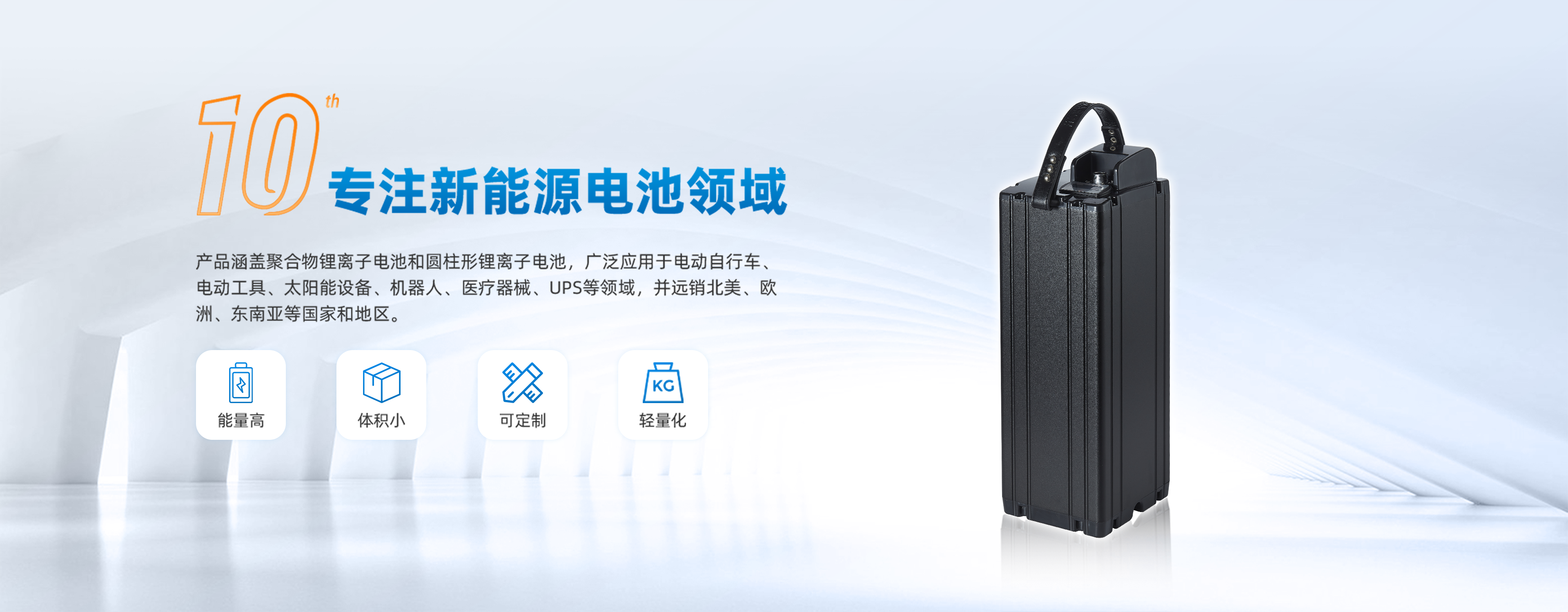
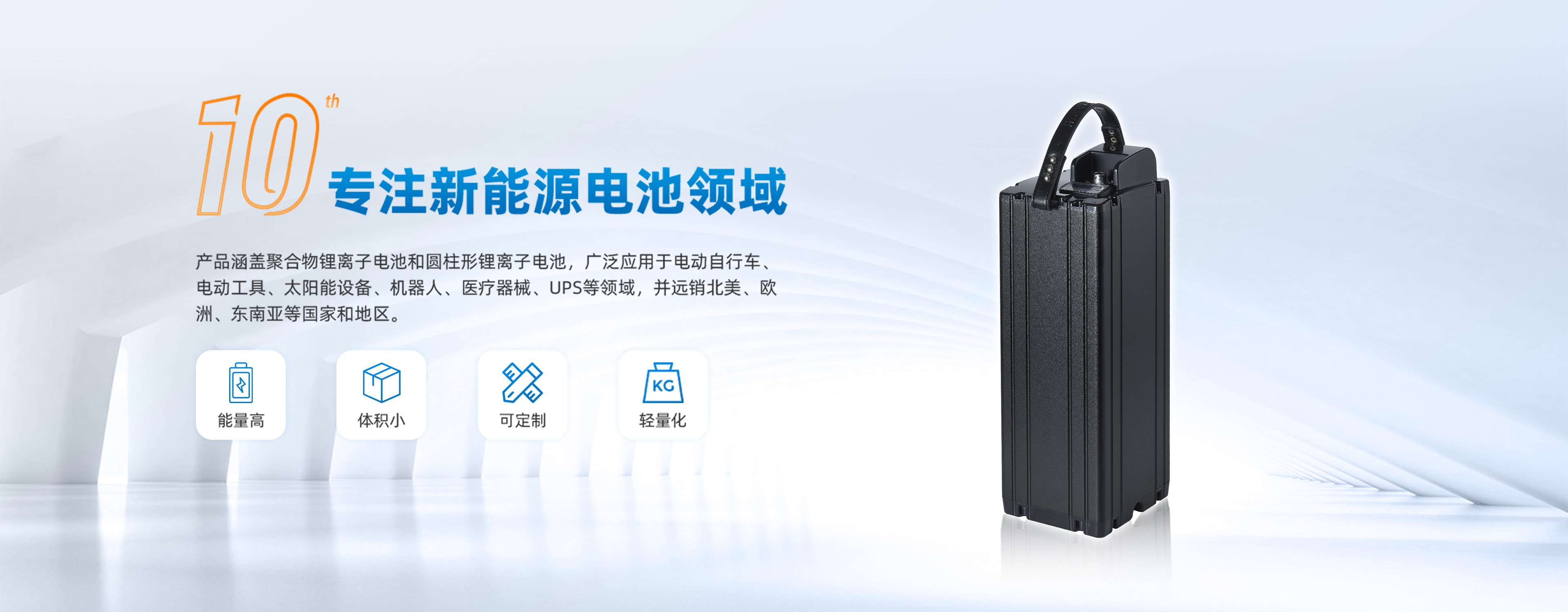
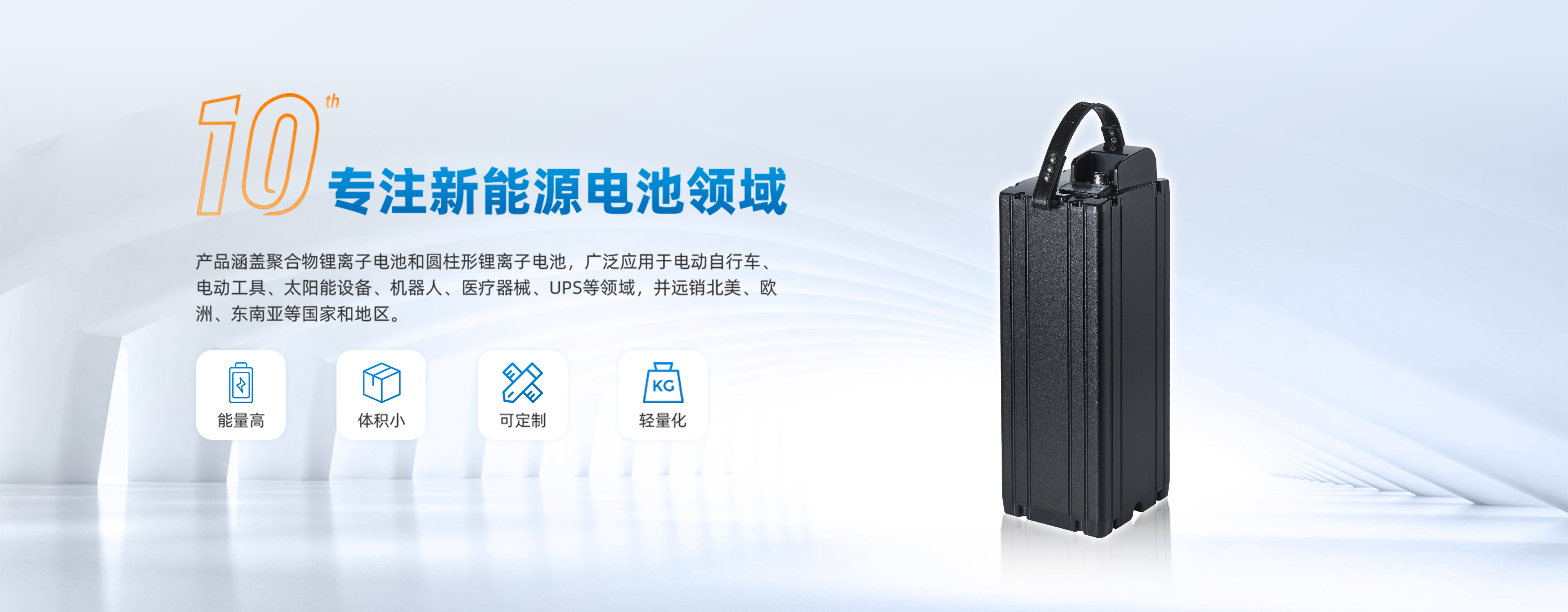



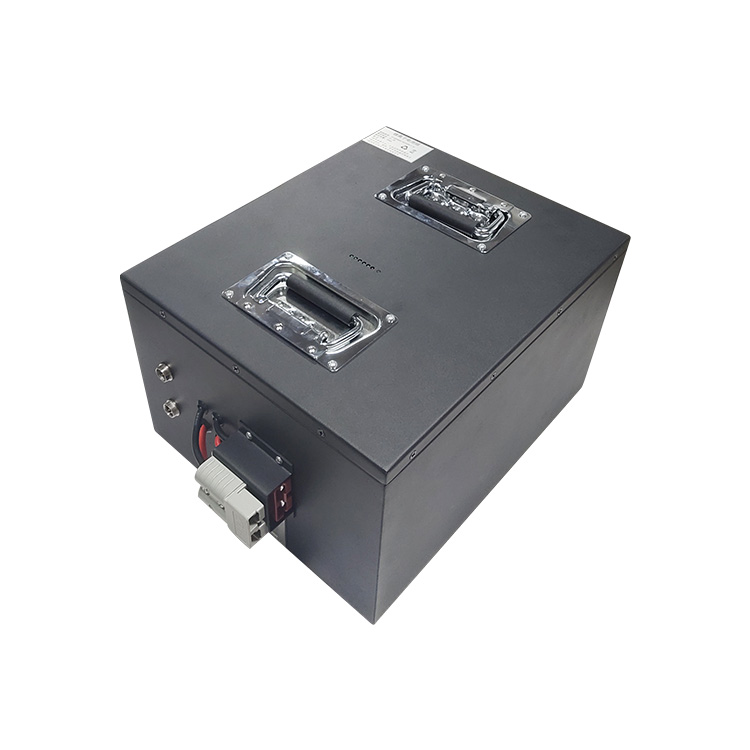


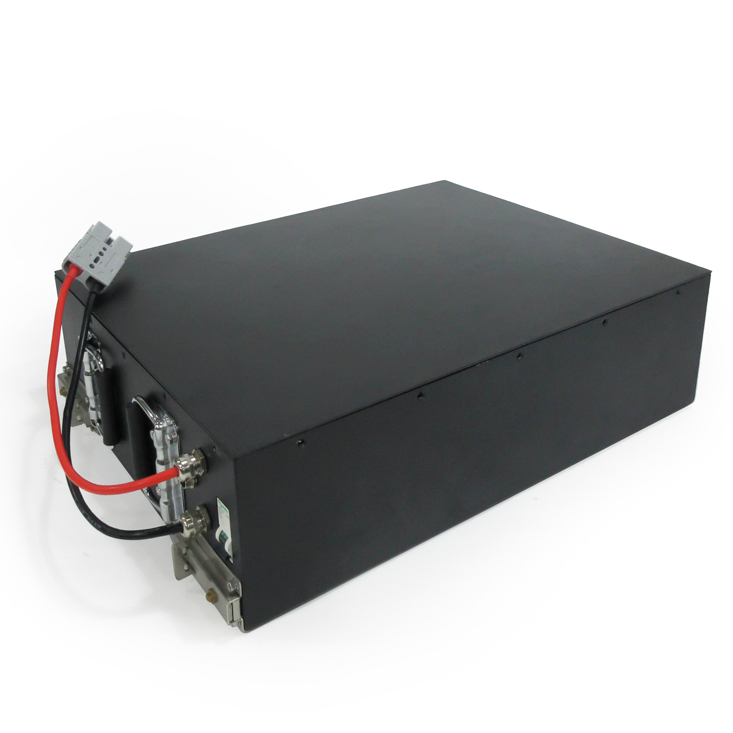

 Yue Gong Wang An Bei No. 4419002007491
Yue Gong Wang An Bei No. 4419002007491